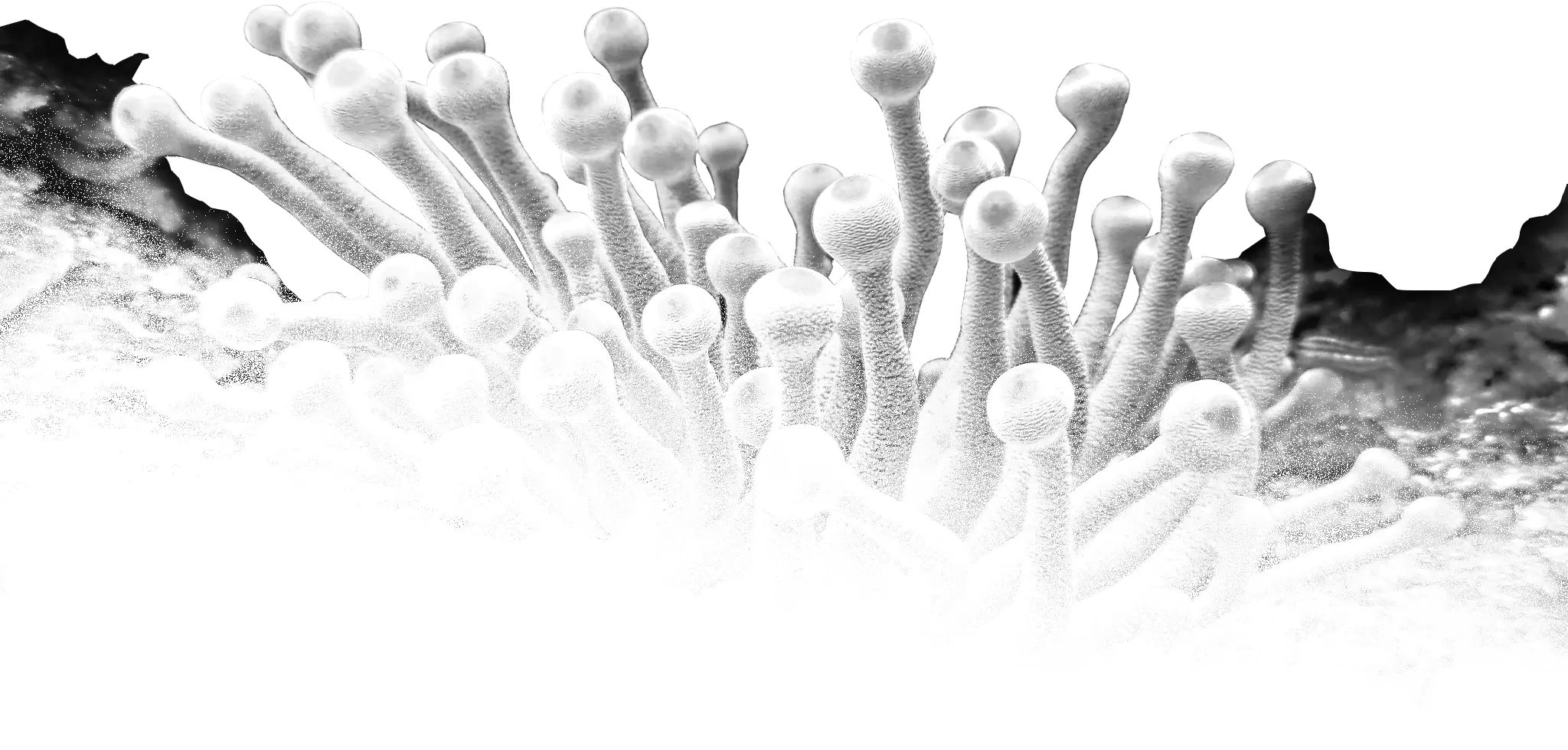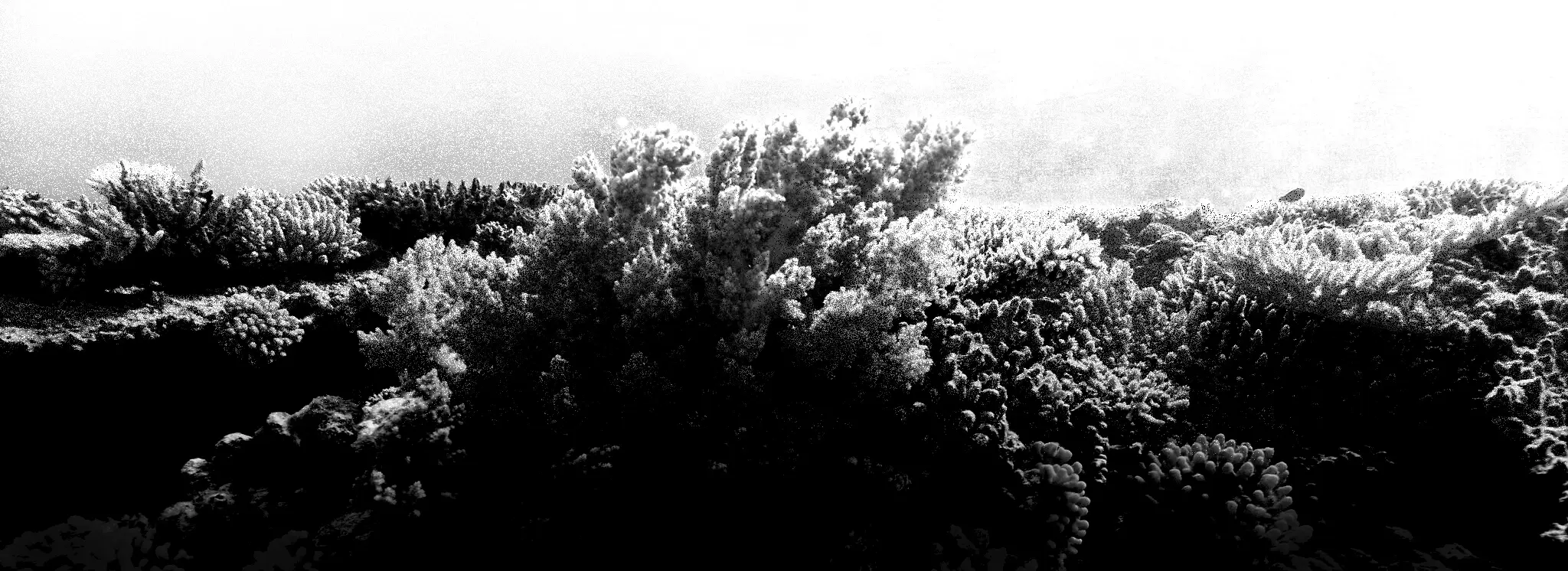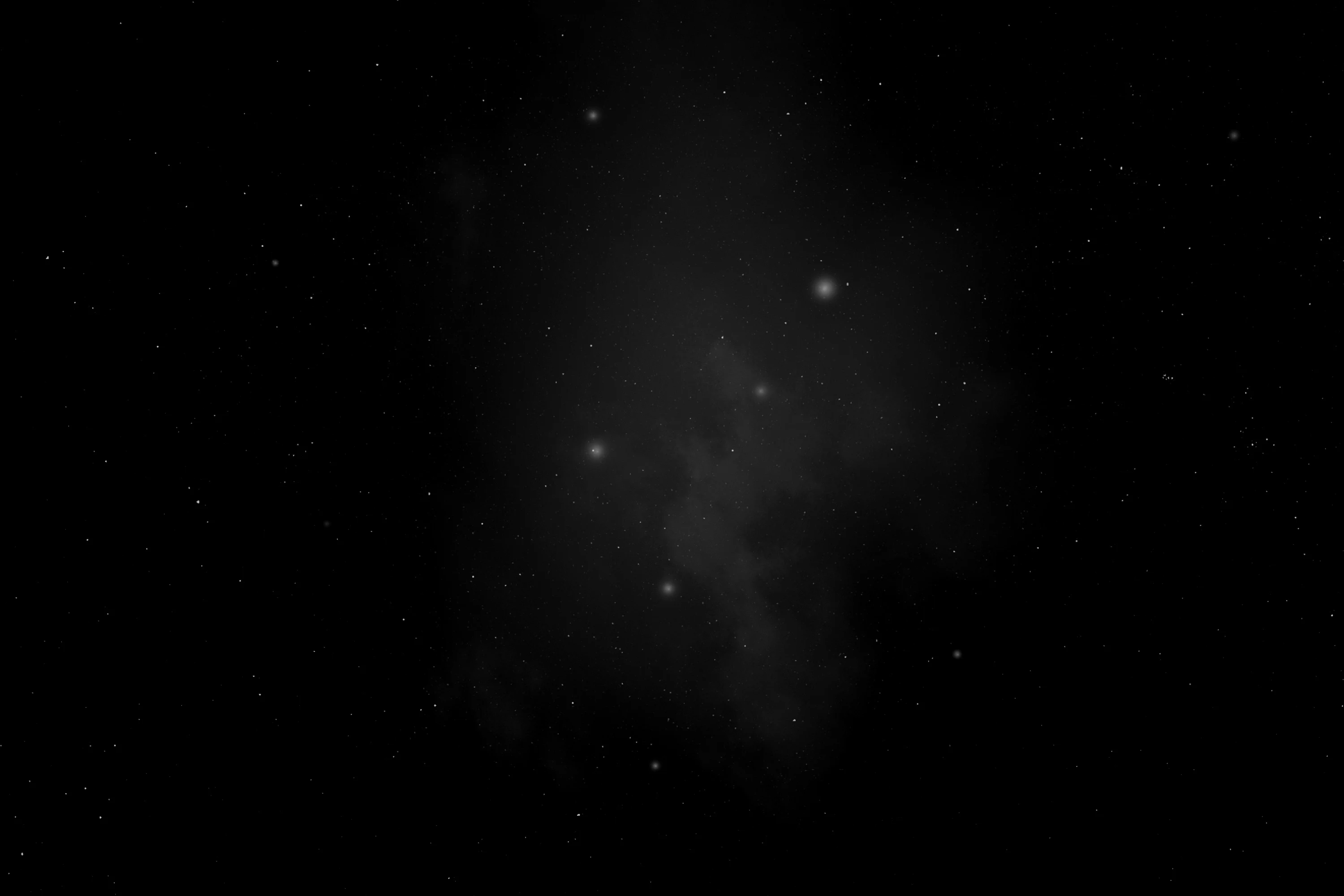
(Cnidaria)
Cnidarians
Кнідарії
Cnidaria is a phylum under kingdom Animalia containing over 11,000 species of aquatic invertebrates found both in freshwater and marine environments (predominantly the latter), including jellyfish, hydroids, sea anemones, corals and some of the smallest marine parasites. Their distinguishing features are an uncentralized nervous system distributed throughout a gelatinous body and the presence of cnidocytes or cnidoblasts, specialized cells with ejectable flagella used mainly for envenomation and capturing prey. Their bodies consist of mesoglea, a non-living, jelly-like substance, sandwiched between two layers of epithelium that are mostly one cell thick. Cnidarians are also some of the few animals that can reproduce both sexually and asexually.
Cnidarians mostly have two basic body forms: swimming medusae and sessile polyps, both of which are radially symmetrical with mouths surrounded by tentacles that bear cnidocytes, which are specialized stinging cells used to capture prey. Both forms have a single orifice and body cavity that are used for digestion and respiration. Many cnidarian species produce colonies that are single organisms composed of medusa-like or polyp-like zooids, or both (hence they are trimorphic). Cnidarians’ activities are coordinated by a decentralized nerve net and simple receptors. Cnidarians also have rhopalia, which are involved in gravity sensing and sometimes chemoreception. Several free-swimming species of Cubozoa and Scyphozoa possess balance-sensing statocysts, and some have simple eyes. Not all cnidarians reproduce sexually, but many species have complex life cycles of asexual polyp stages and sexual medusae stages. Some, however, omit either the polyp or the medusa stage, and the parasitic classes evolved to have neither form.
Cnidarians were formerly grouped with ctenophores, also known as comb jellies, in the phylum Coelenterata, but increasing awareness of their differences caused them to be placed in separate phyla. Cnidarians are classified into four main groups: the almost wholly sessile Anthozoa (sea anemones, corals, sea pens); swimming Scyphozoa (jellyfish); Cubozoa (box jellies); and Hydrozoa (a diverse group that includes all the freshwater cnidarians as well as many marine forms, and which has both sessile members, such as Hydra, and colonial swimmers (such as the Portuguese man o’ war)). Staurozoa have recently been recognised as a class in their own right rather than a sub-group of Scyphozoa, and the highly derived parasitic Myxozoa and Polypodiozoa were firmly recognized as cnidarians only in 2007.
Most cnidarians prey on organisms ranging in size from plankton to animals several times larger than themselves, but many obtain much of their nutrition from symbiotic dinoflagellates, and a few are parasites. Many are preyed on by other animals including starfish, sea slugs, fish, turtles, and even other cnidarians. Many scleractinian corals—which form the structural foundation for coral reefs—possess polyps that are filled with symbiotic photo-synthetic zooxanthellae. While reef-forming corals are almost entirely restricted to warm and shallow marine waters, other cnidarians can be found at great depths, in polar regions, and in freshwater.
Description
Most adult cnidarians appear as either free-swimming medusae or sessile polyps, and many hydrozoans species are known to alternate between the two forms.
Both are radially symmetrical, like a wheel and a tube respectively. Since these animals have no heads, their ends are described as “oral” (nearest the mouth) and “aboral” (furthest from the mouth).
Most have fringes of tentacles equipped with cnidocytes around their edges, and medusae generally have an inner ring of tentacles around the mouth. Some hydroids may consist of colonies of zooids that serve different purposes, such as defence, reproduction and catching prey. The mesoglea of polyps is usually thin and often soft, but that of medusae is usually thick and springy, so that it returns to its original shape after muscles around the edge have contracted to squeeze water out, enabling medusae to swim by a sort of jet propulsion.
In medusae, the only supporting structure is the mesoglea. Hydra and most sea anemones close their mouths when they are not feeding, and the water in the digestive cavity then acts as a hydrostatic skeleton, rather like a water-filled balloon. Other polyps such as Tubularia use columns of water-filled cells for support. Sea pens stiffen the mesoglea with calcium carbonate spicules and tough fibrous proteins, rather like sponges.
In some colonial polyps, a chitinous epidermis gives support and some protection to the connecting sections and to the lower parts of individual polyps. A few polyps collect materials such as sand grains and shell fragments, which they attach to their outsides. Some colonial sea anemones stiffen the mesoglea with sediment particles.
A mineralized exoskeleton made of calcium carbonate is found in subphylum Anthozoa in the order Scleractinia (stony corals; class Hexacorallia) and the class Octocorallia, and in subphylum Medusozoa in three hydrozoan families in order Anthoathecata; Milleporidae, Stylasteridae and Hydractiniidae (the latter with a mix of calcified and uncalcified species).
Locomotion
Medusae swim by a form of jet propulsion: muscles, especially inside the rim of the bell, squeeze water out of the cavity inside the bell, and the springiness of the mesoglea powers the recovery stroke. Since the tissue layers are very thin, they provide too little power to swim against currents and just enough to control movement within currents.
Hydras and some sea anemones can move slowly over rocks and sea or stream beds by various means: creeping like snails, crawling like inchworms, or by somersaulting. A few can swim clumsily by waggling their bases.
Feeding and excretion
Cnidarians feed in several ways: predation, absorbing dissolved organic chemicals, filtering food particles out of the water, obtaining nutrients from symbiotic algae within their cells, and parasitism. Most obtain the majority of their food from predation but some, including the corals Hetroxenia and Leptogorgia, depend almost completely on their endosymbionts and on absorbing dissolved nutrients. Cnidaria give their symbiotic algae carbon dioxide, some nutrients, and protection against predators.
Predatory species use their cnidocytes to poison or entangle prey, and those with venomous nematocysts may start digestion by injecting digestive enzymes. The “smell” of fluids from wounded prey makes the tentacles fold inwards and wipe the prey off into the mouth. In medusae, the tentacles around the edge of the bell are often short and most of the prey capture is done by “oral arms”, which are extensions of the edge of the mouth and are often frilled and sometimes branched to increase their surface area. These “oral arms” aid in cnidarians’ ability to move prey towards their mouth once it has been poisoned and entangled. Medusae often trap prey or suspended food particles by swimming upwards, spreading their tentacles and oral arms and then sinking. In species for which suspended food particles are important, the tentacles and oral arms often have rows of cilia whose beating creates currents that flow towards the mouth, and some produce nets of mucus to trap particles. Their digestion is both intra and extracellular.
Once the food is in the digestive cavity, gland cells in the gastroderm release enzymes that reduce the prey to slurry, usually within a few hours. This circulates through the digestive cavity and, in colonial cnidarians, through the connecting tunnels, so that gastroderm cells can absorb the nutrients. Absorption may take a few hours, and digestion within the cells may take a few days. The circulation of nutrients is driven by water currents produced by cilia in the gastroderm or by muscular movements or both, so that nutrients reach all parts of the digestive cavity. Nutrients reach the outer cell layer by diffusion or, for animals or zooids such as medusae which have thick mesogleas, are transported by mobile cells in the mesoglea.
Indigestible remains of prey are expelled through the mouth. The main waste product of cells’ internal processes is ammonia, which is removed by the external and internal water currents.
Regeneration
All cnidarians can regenerate, allowing them to recover from injury and to reproduce asexually. Medusae have limited ability to regenerate, but polyps can do so from small pieces or even collections of separated cells. This enables corals to recover even after apparently being destroyed by predators.
Reproduction
Cnidarian sexual reproduction often involves a complex life cycle with both polyp and medusa stages. For example, in Scyphozoa (jellyfish) and Cubozoa (box jellies), a larva swims until it finds a good site, and then becomes a polyp. This grows normally but then absorbs its tentacles and splits horizontally into a series of disks that become juvenile medusae, a process called strobilation. The juveniles swim off and slowly grow to maturity, while the polyp re-grows and may continue strobilating periodically. The adult medusae have gonads in the gastroderm, and these release ova and sperm into the water in the breeding season.
This phenomenon of succession of differently organized generations (one asexually reproducing, sessile polyp, followed by a free-swimming medusa or a sessile polyp that reproduces sexually) is sometimes called “alternation of asexual and sexual phases” or “metagenesis”, but should not be confused with the alternation of generations as found in plants.
Shortened forms of this life cycle are common, for example some oceanic scyphozoans omit the polyp stage completely, and cubozoan polyps produce only one medusa. Hydrozoa have a variety of life cycles. Some have no polyp stages and some (e.g. hydra) have no medusae. In some species, the medusae remain attached to the polyp and are responsible for sexual reproduction; in extreme cases these reproductive zooids may not look much like medusae. Meanwhile, life cycle reversal, in which polyps are formed directly from medusae without the involvement of sexual reproduction process, was observed in both Hydrozoa (Turritopsis dohrnii and Laodicea undulata) and Scyphozoa (Aurelia). Anthozoa have no medusa stage at all and the polyps are responsible for sexual reproduction.
Spawning is generally driven by environmental factors such as changes in the water temperature, and their release is triggered by lighting conditions such as sunrise, sunset or the phase of the moon. Many species of Cnidaria may spawn simultaneously in the same location, so that there are too many ova and sperm for predators to eat more than a tiny percentage — one famous example is the Great Barrier Reef, where at least 110 corals and a few non-cnidarian invertebrates produce enough gametes to turn the water cloudy. These mass spawnings may produce hybrids, some of which can settle and form polyps, but it is not known how long these can survive. In some species the ova release chemicals that attract sperm of the same species.
The fertilized eggs develop into larvae by dividing until there are enough cells to form a hollow sphere (blastula) and then a depression forms at one end (gastrulation) and eventually becomes the digestive cavity. However, in cnidarians the depression forms at the end further from the yolk (at the animal pole), while in bilaterians it forms at the other end (vegetal pole). The larvae, called planulae, swim or crawl by means of cilia. They are cigar-shaped but slightly broader at the “front” end, which is the aboral, vegetal-pole end and eventually attaches to a substrate if the species has a polyp stage.
Anthozoan larvae either have large yolks or are capable of feeding on plankton, and some already have endosymbiotic algae that help to feed them. Since the parents are immobile, these feeding capabilities extend the larvae’s range and avoid overcrowding of sites. Scyphozoan and hydrozoan larvae have little yolk and most lack endosymbiotic algae, and therefore have to settle quickly and metamorphose into polyps. Instead, these species rely on their medusae to extend their ranges.
All known cnidarians can reproduce asexually by various means, in addition to regenerating after being fragmented. Hydrozoan polyps only bud, while the medusae of some hydrozoans can divide down the middle. Scyphozoan polyps can both bud and split down the middle. In addition to both of these methods, Anthozoa can split horizontally just above the base. Asexual reproduction makes the daughter cnidarian a clone of the adult. The ability of cnidarians to asexually reproduce ensures a greater number of mature medusa that can mature to reproduce sexually.
Ecology
Many cnidarians are limited to shallow waters because they depend on endosymbiotic algae for much of their nutrients. The life cycles of most have polyp stages, which are limited to locations that offer stable substrates. Nevertheless, major cnidarian groups contain species that have escaped these limitations. Hydrozoans have a worldwide range: some, such as Hydra, live in freshwater; Obelia appears in the coastal waters of all the oceans; and Liriope can form large shoals near the surface in mid-ocean. Among anthozoans, a few scleractinian corals, sea pens and sea fans live in deep, cold waters, and some sea anemones inhabit polar seabeds while others live near hydrothermal vents over 10 km below sea-level. Reef-building corals are limited to tropical seas between 30°N and 30°S with a maximum depth of 46 m, temperatures between 20 and 28 °C, high salinity, and low carbon dioxide levels. Stauromedusae, although usually classified as jellyfish, are stalked, sessile animals that live in cool to Arctic waters. Cnidarians range in size from a mere handful of cells for the parasitic myxozoans through Hydra’s length of 5–20 mm, to the lion’s mane jellyfish, which may exceed 2 m in diameter and 75 m in length.
Prey of cnidarians ranges from plankton to animals several times larger than themselves. Some cnidarians are parasites, mainly on jellyfish but a few are major pests of fish. Others obtain most of their nourishment from endosymbiotic algae or dissolved nutrients. Predators of cnidarians include: sea slugs, flatworms and comb jellies, which can incorporate nematocysts into their own bodies for self-defense (nematocysts used by cnidarian predators are referred to as kleptocnidae); starfish, notably the crown of thorns starfish, which can devastate corals; butterfly fish and parrot fish, which eat corals; and marine turtles, which eat jellyfish. Some sea anemones and jellyfish have a symbiotic relationship with some fish; for example clownfish live among the tentacles of sea anemones, and each partner protects the other against predators.
Coral reefs form some of the world’s most productive ecosystems. Common coral reef cnidarians include both anthozoans (hard corals, octocorals, anemones) and hydrozoans (fire corals, lace corals). The endosymbiotic algae of many cnidarian species are very effective primary producers, in other words converters of inorganic chemicals into organic ones that other organisms can use, and their coral hosts use these organic chemicals very efficiently. In addition, reefs provide complex and varied habitats that support a wide range of other organisms. Fringing reefs just below low-tide level also have a mutually beneficial relationship with mangrove forests at high-tide level and seagrass meadows in between: the reefs protect the mangroves and seagrass from strong currents and waves that would damage them or erode the sediments in which they are rooted, while the mangroves and seagrass protect the coral from large influxes of silt, fresh water and pollutants. This additional level of variety in the environment is beneficial to many types of coral reef animals, which for example may feed in the sea grass and use the reefs for protection or breeding.
Source: Wikipedia

